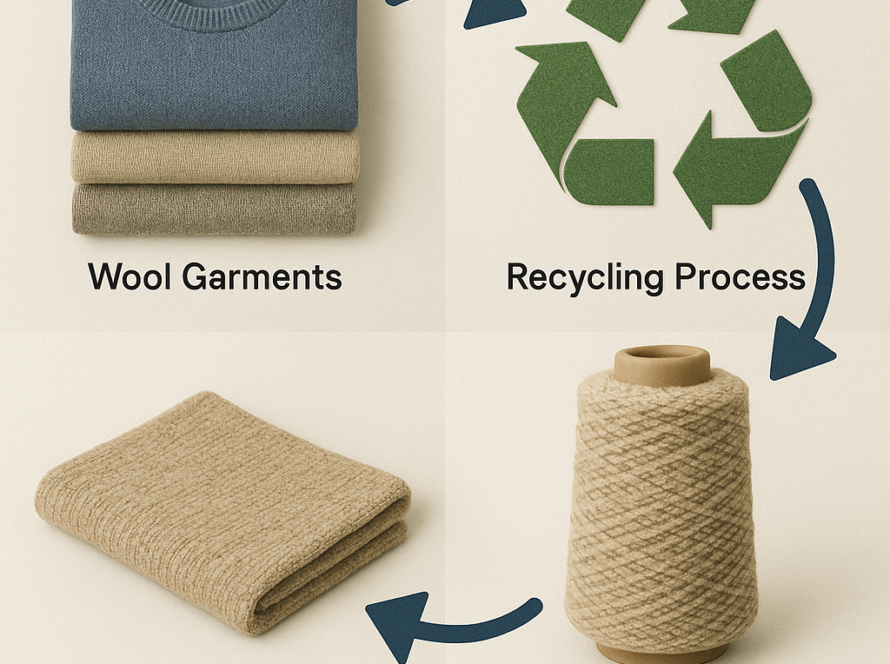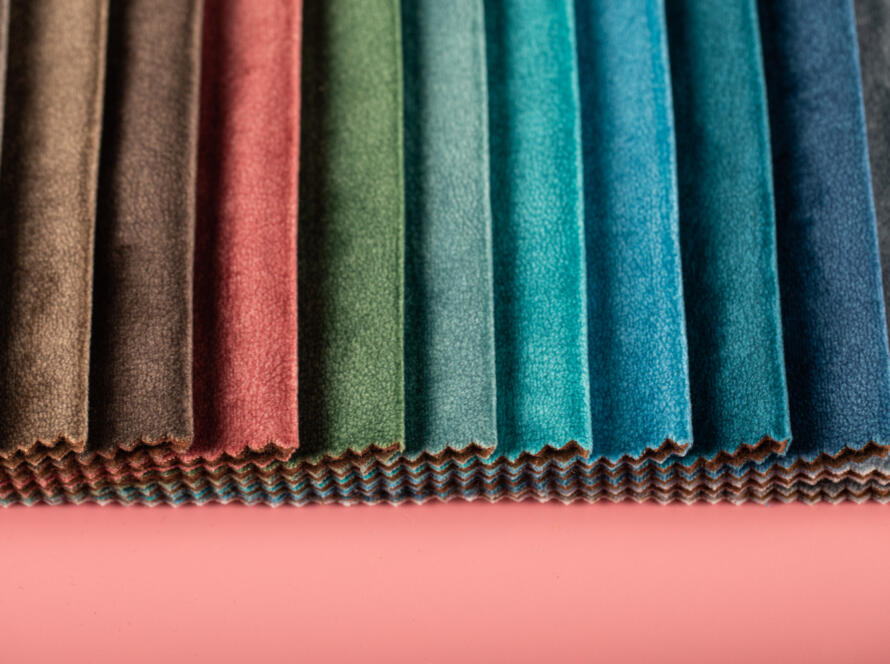
The textile industry is constantly evolving, and with it, the various dyeing methods employed to create beautiful and unique fabrics. Each method has its own advantages and disadvantages, depending on the specific needs of the textile being produced.
One of the most popular methods of dyeing is yarn dyeing, which involves dyeing the yarn before it is woven or knitted into fabric. Yarn dyeing provides a wide range of color options and pattern choices, allowing manufacturers to create intricate designs and consistent color schemes. Additionally, because the yarn is dyed before it is woven or knitted, there is greater consistency in the color and pattern throughout the fabric.
However, yarn dyeing is a more expensive and time-consuming process compared to other methods. The yarn must be carefully dyed in small batches, which can result in longer production times and higher costs. Additionally, the high precision required for yarn dyeing can lead to a higher risk of errors, resulting in wasted materials and higher costs.
Piece dyeing, on the other hand, involves dyeing the finished fabric. This is a cost-effective method, as it allows for large quantities of fabric to be dyed simultaneously. However, the color may vary across the fabric due to differences in the fabric’s thickness, leading to inconsistent color distribution.
Finally, solution dyeing involves adding color pigments to the fiber before it is spun into yarn. This results in a colorfast and durable product, as the color is infused into the fiber itself. Solution dyeing is particularly useful for fabrics that are exposed to high levels of wear and tear, such as outdoor furniture or car interiors.
Overall, the choice of dyeing method depends on the specific needs of the textile being produced. For manufacturers who require intricate patterns and consistent color schemes, yarn dyeing may be the preferred method. For those looking to produce large quantities of fabric at a lower cost, package dyeing or piece dyeing may be a better option. Finally, for fabrics that require durability and long-lasting color, solution dyeing is the way to go.
As the textile industry continues to evolve, it is likely that new dyeing methods will emerge, offering even greater flexibility and customization options. However, for now, the existing dyeing methods provide an excellent range of choices for manufacturers looking to create high-quality textiles.



